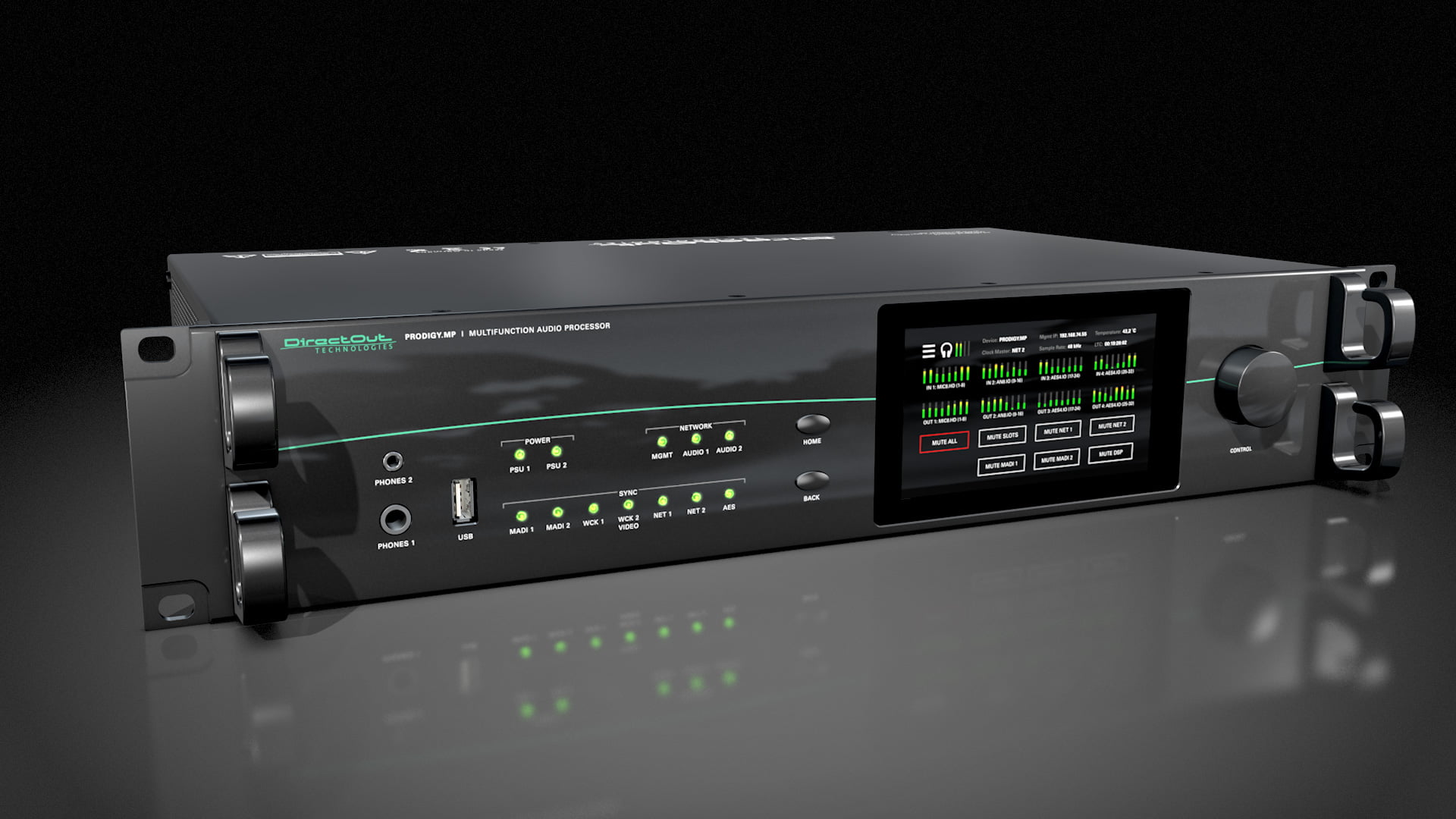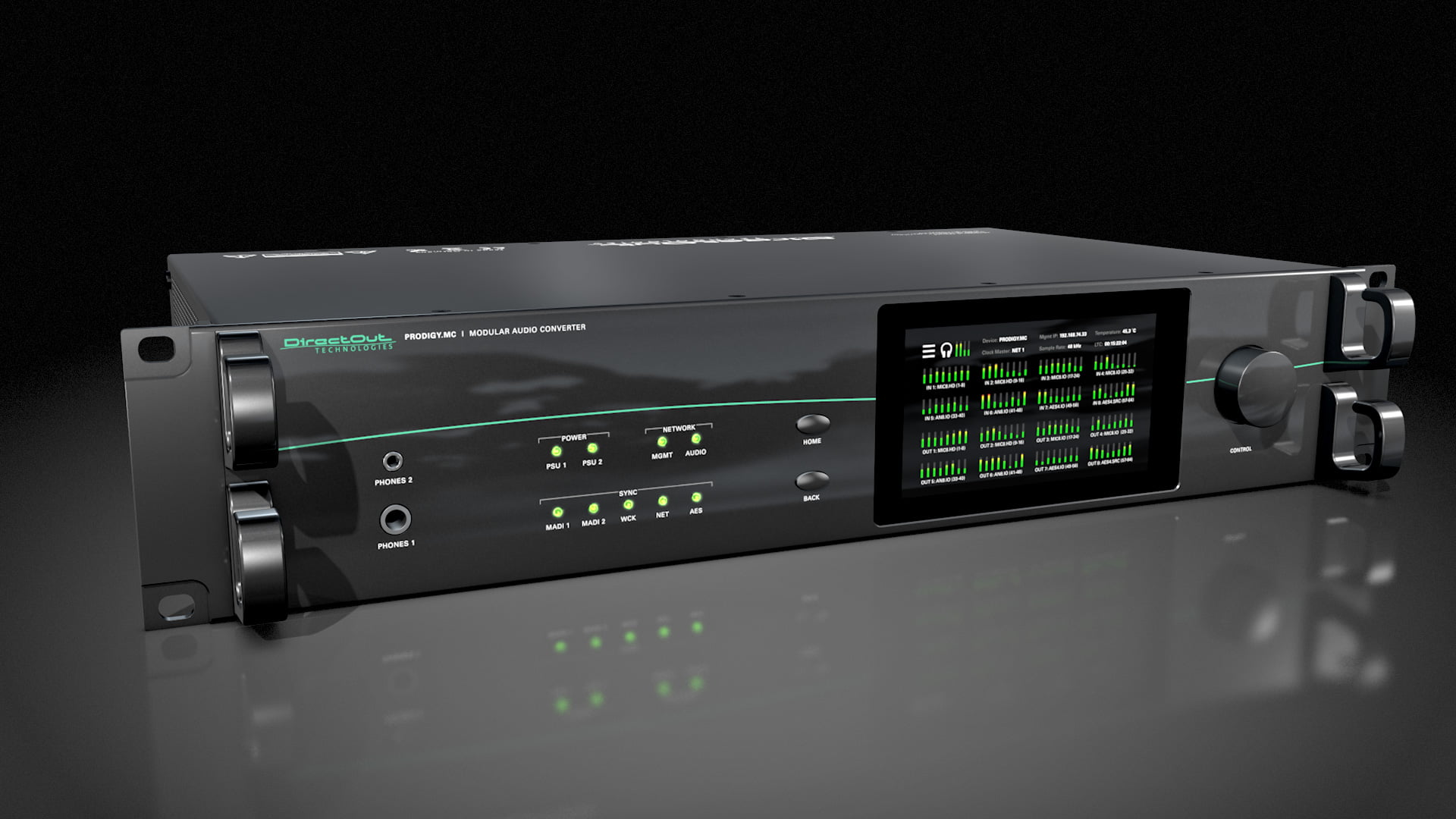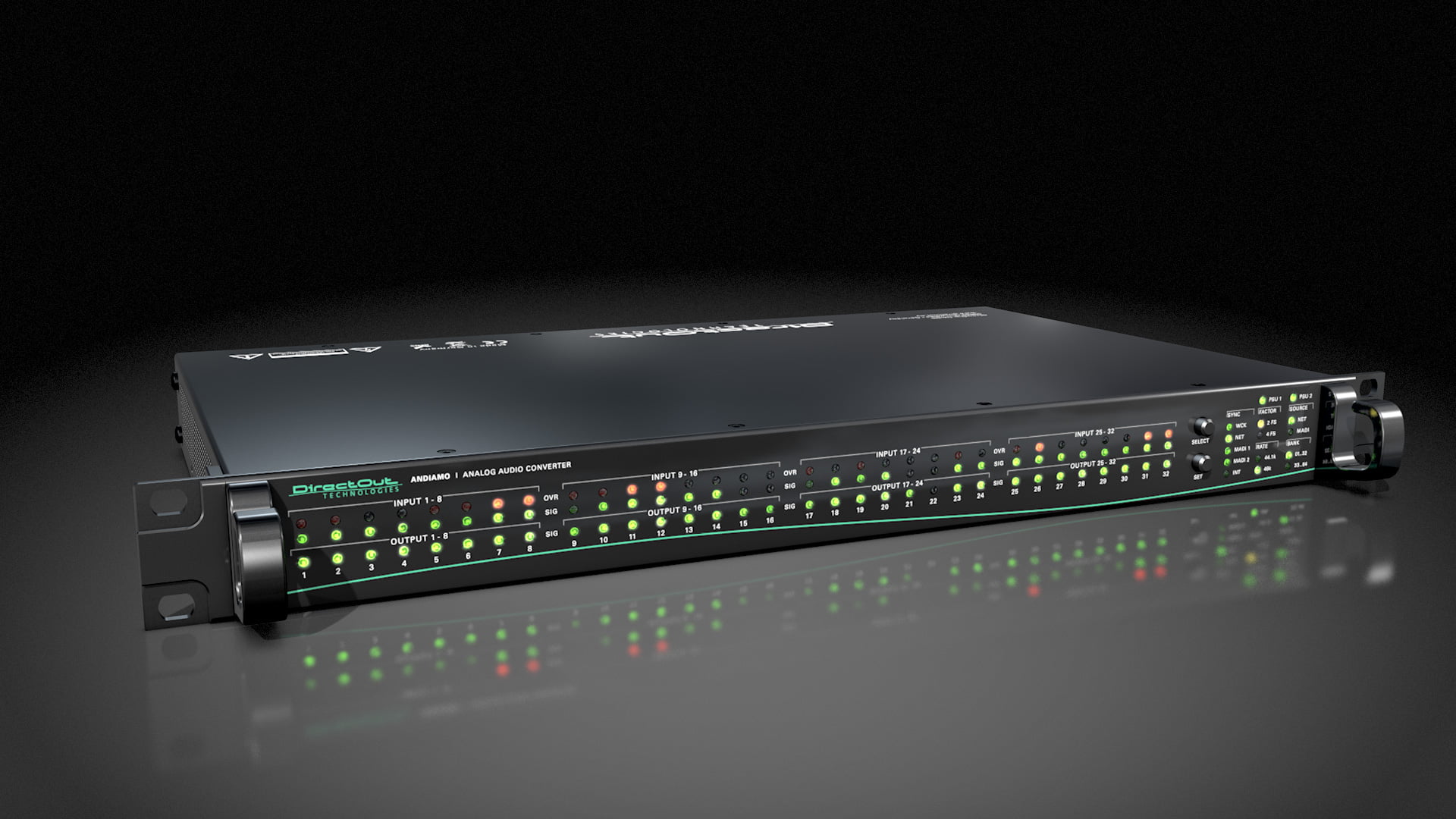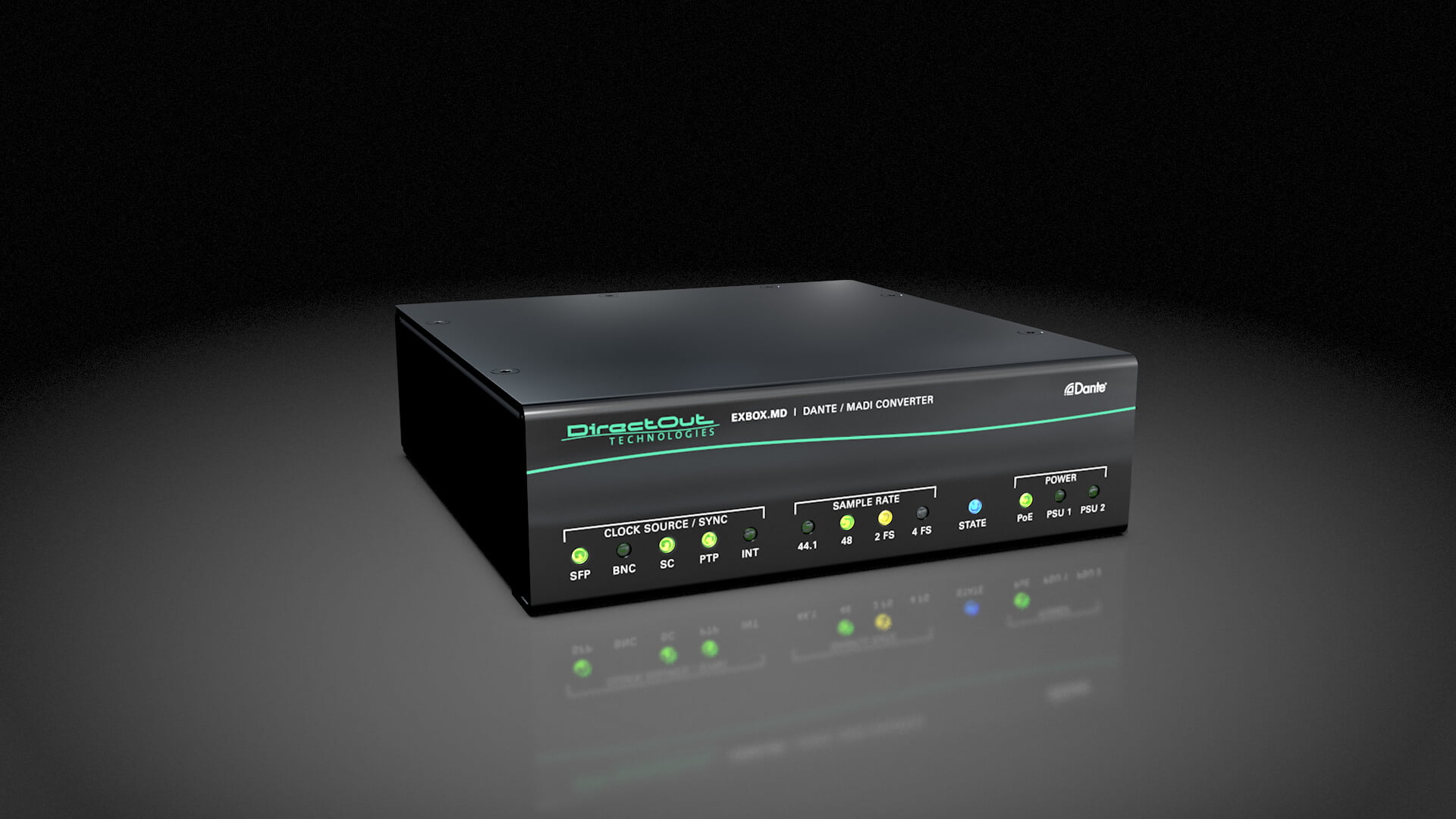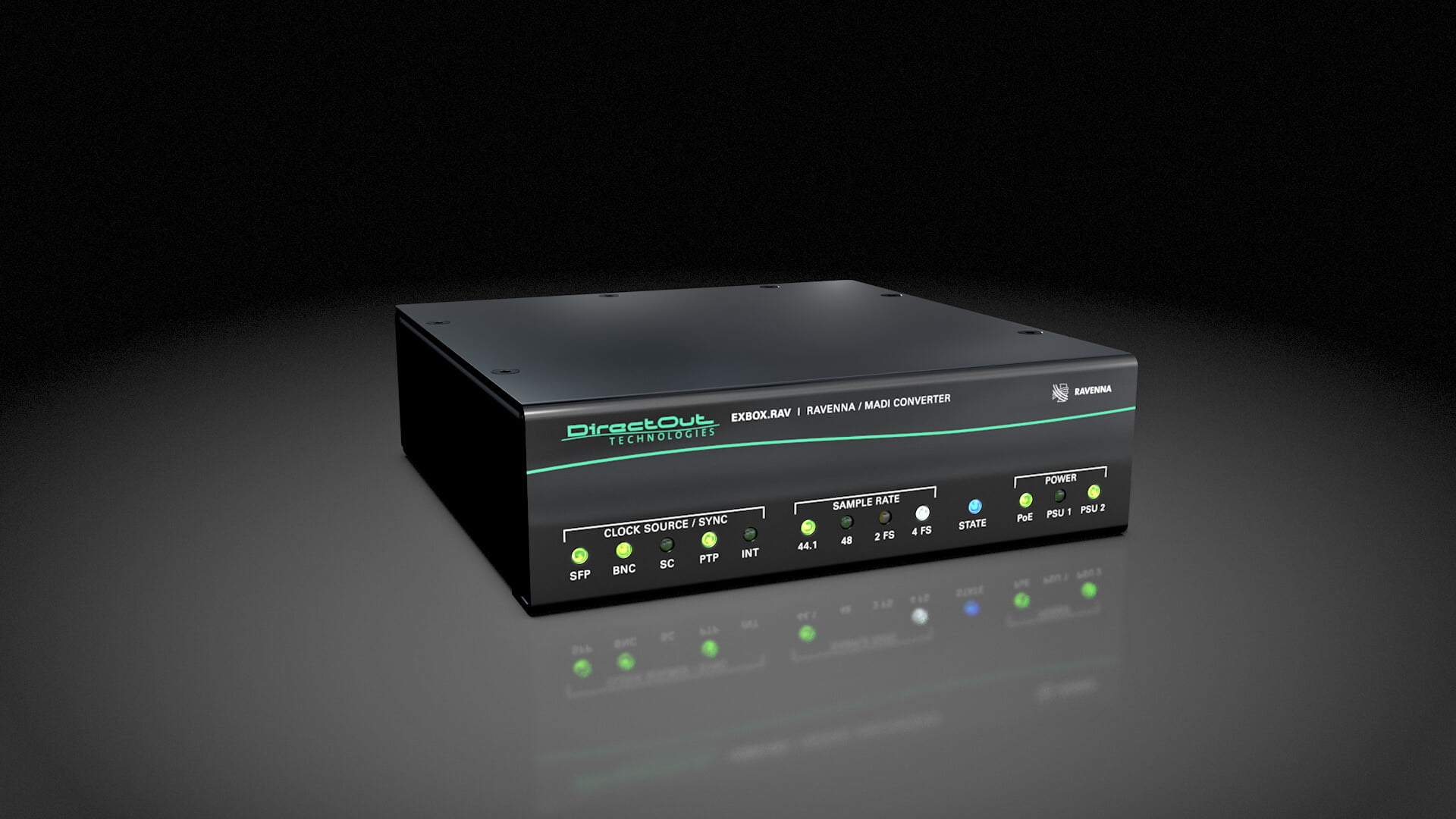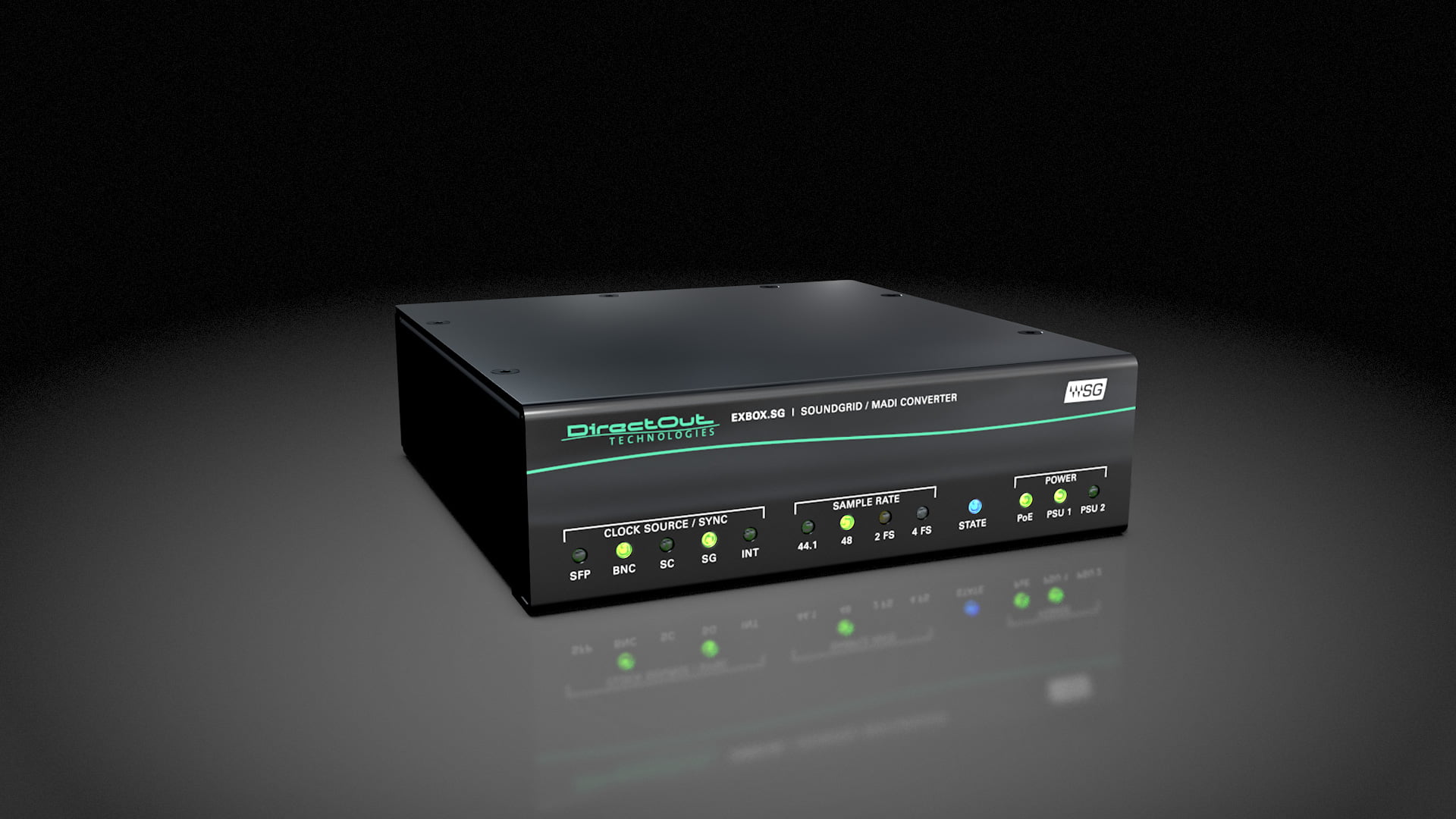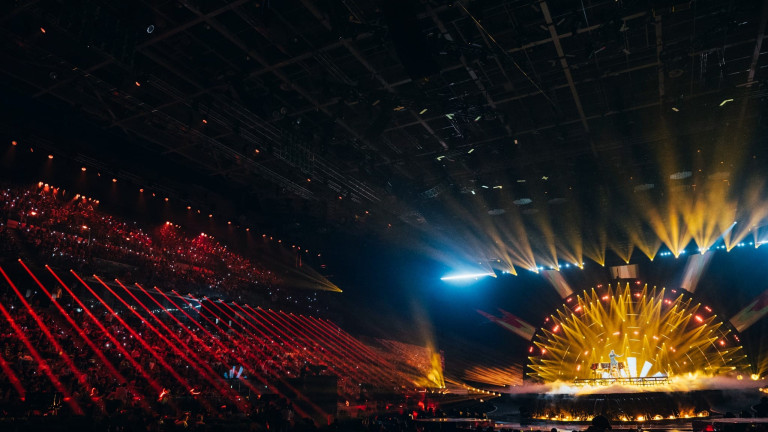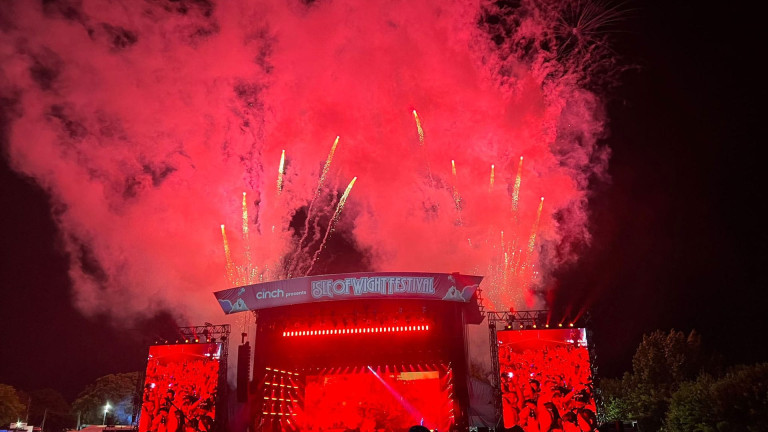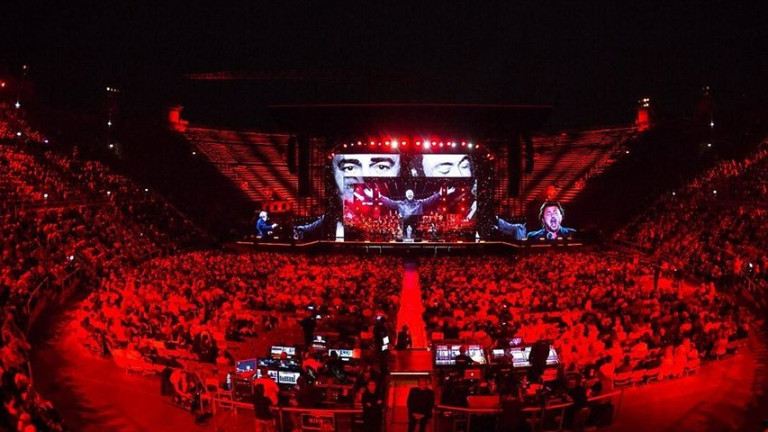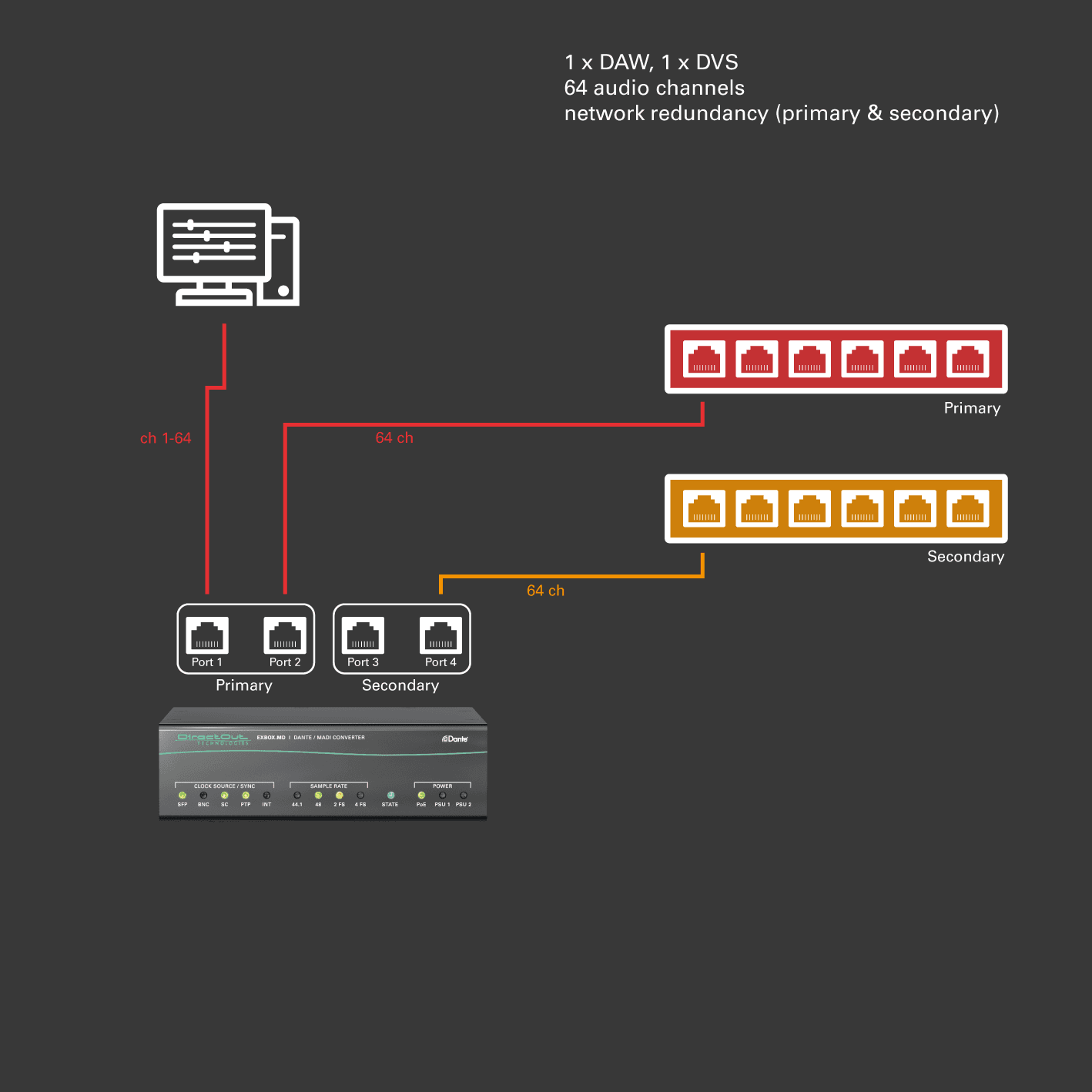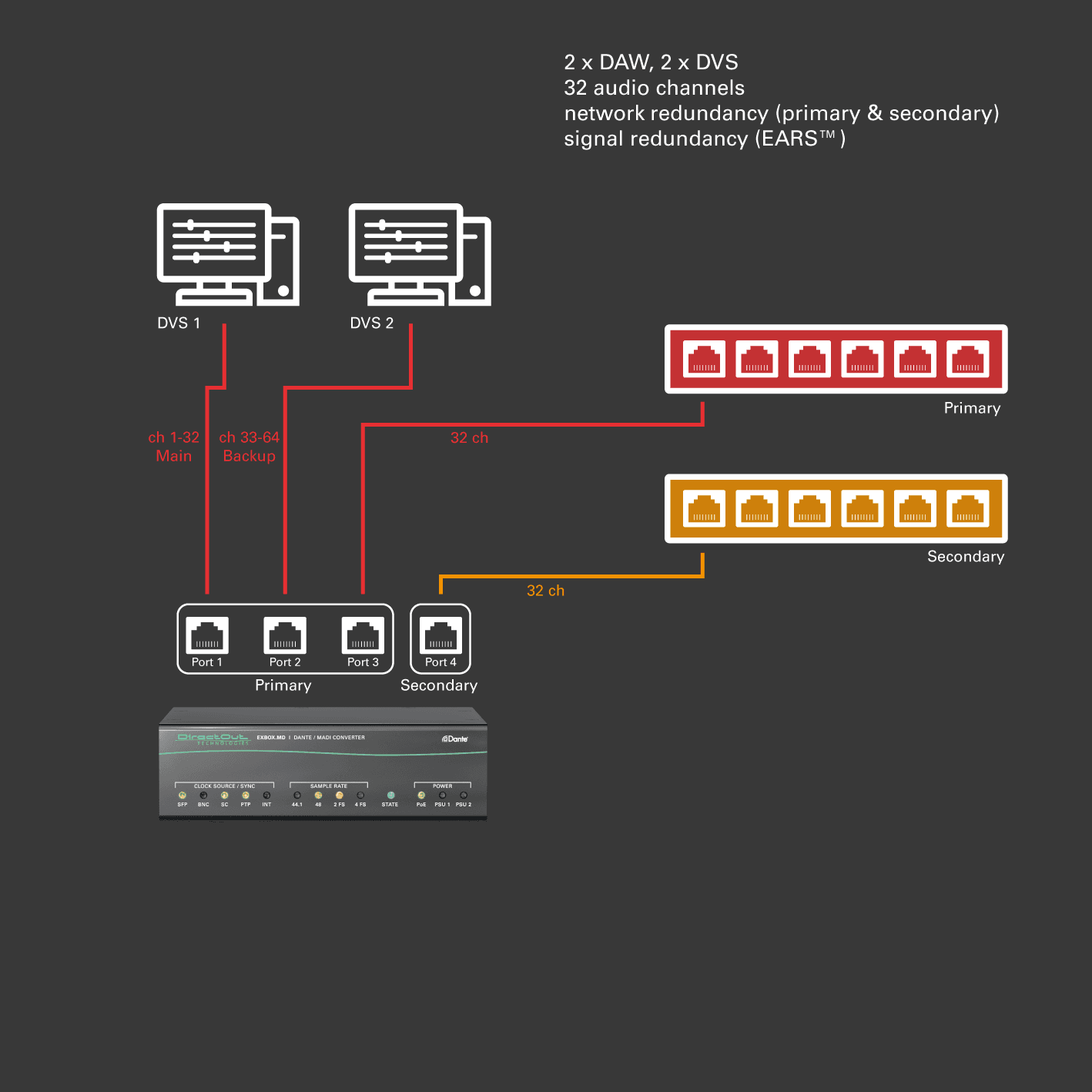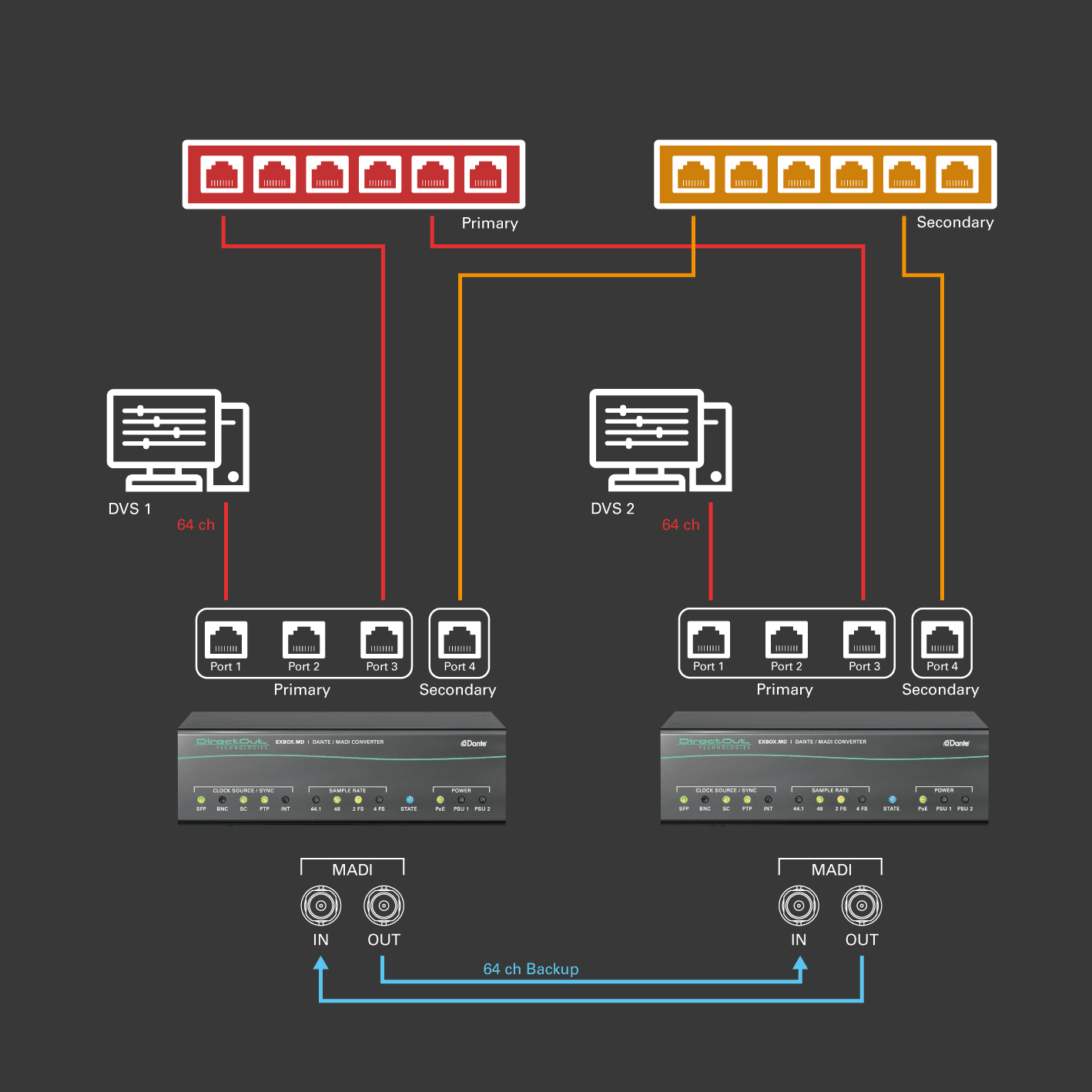Why Playback?
Arena and festival live music audiences of tens of thousands have high expectations for a memorable, professional and fault-free performance. The stage performance emulating, or even improving upon, the performance on the album – plus all the extra razzmatazz, visuals and, of course, atmosphere of sharing this with thousands of other, hopefully, like-minded fans. The stakes are high.
Consequently, the touring live music industry invests heavily in the technology and equipment to deliver a sound and visual experience of the very highest possible standard. However, experience has proven that the worst can and does happen, so touring systems also incorporate the resilience and protections against hardware, software and artistic faults and errors.
As well as dual-redundant system design for the main sound and visual systems, the same levels of protection are applied to the performance systems with dualled keyboard electronics, guitar pedalboards and playback for effects, musical fills and elements that are just not practical or financially viable to take on tour. Afterall, it’s well known that string-sections do not take well to sleeping on tour buses!
Which Technologies?
Enhanced Automatic Redundancy Switching (EARS™) is a system to prevent interruption of the output signal. It uses either the proven BLDS™ technology or pilot tone triggering. A logic monitors the condition of the trigger signal on the input. In case of a failure it switches automatically to the backup input.
Disaster Recovery is an additional feature of the EARS implementation for the PRODIGY Series. When the MAIN signal source fails, EARS automatically switches to the BACKUP signal. If MAIN and BACKUP both fail, EARS switches to a second fallback signal called DISASTER RECOVERY.
The Buffer Loop Detection System (BLDS™) is used to detect silence or a corrupted input signal - e.g. caused by an application hang of the playout system (repeating buffers) or stuttered playback due to system overload.
A provided software tool creates a .wav file containing a low level signal which is inserted into the audio stream. The artificial design of the Buffer Loop Detection Signal enables reliable and inaudible switch-over within one sample.
Which Playback Solution?
The PRODIGY Series with its 2RU size and its modular structure is our most flexible playback solution in terms of interfacing options, I/O and control capabilities.
Dante, RAVENNA/AES67, Soundgrid and MADI can be chosen as digital audio playback sources, while Analog and AES3 local outputs can be used when needed. Disaster Recovery adds a second fallback for the playback source. Snapshots can be recalled directly from the front panel touch screen, while GPIO can also be used for 'force to Main' or 'force to Backup' triggers.
Example: PRODIGY.MP, the Multifunction Processor, connecting 2 main and 2 backup computers simultaneously, each of them playing 32 audio tracks via Dante. Manual switch-over between MAIN and BACKUP is triggered via the built-in MIDI.
ANDIAMO is a more compact solution, fitting in just 1RU. It is still offering flexibility on the digital audio source for playback and includes 32 Analog I/O in just one piece of hardware. ANDIAMO features two MADI ports, and one audio network option supporting either Dante or RAVENNA/AES67 or Soundgrid.
The list of our playback solutions is completed by the EXBOX Series, our all-digital small format devices. The three models currently available come in the size of 1/3 of a rack unit, with the possibility to rack mount them. They support MADI and either Dante or RAVENNA/AES67 or Soundgrid.
DEVICES supporting EARS
Videos
